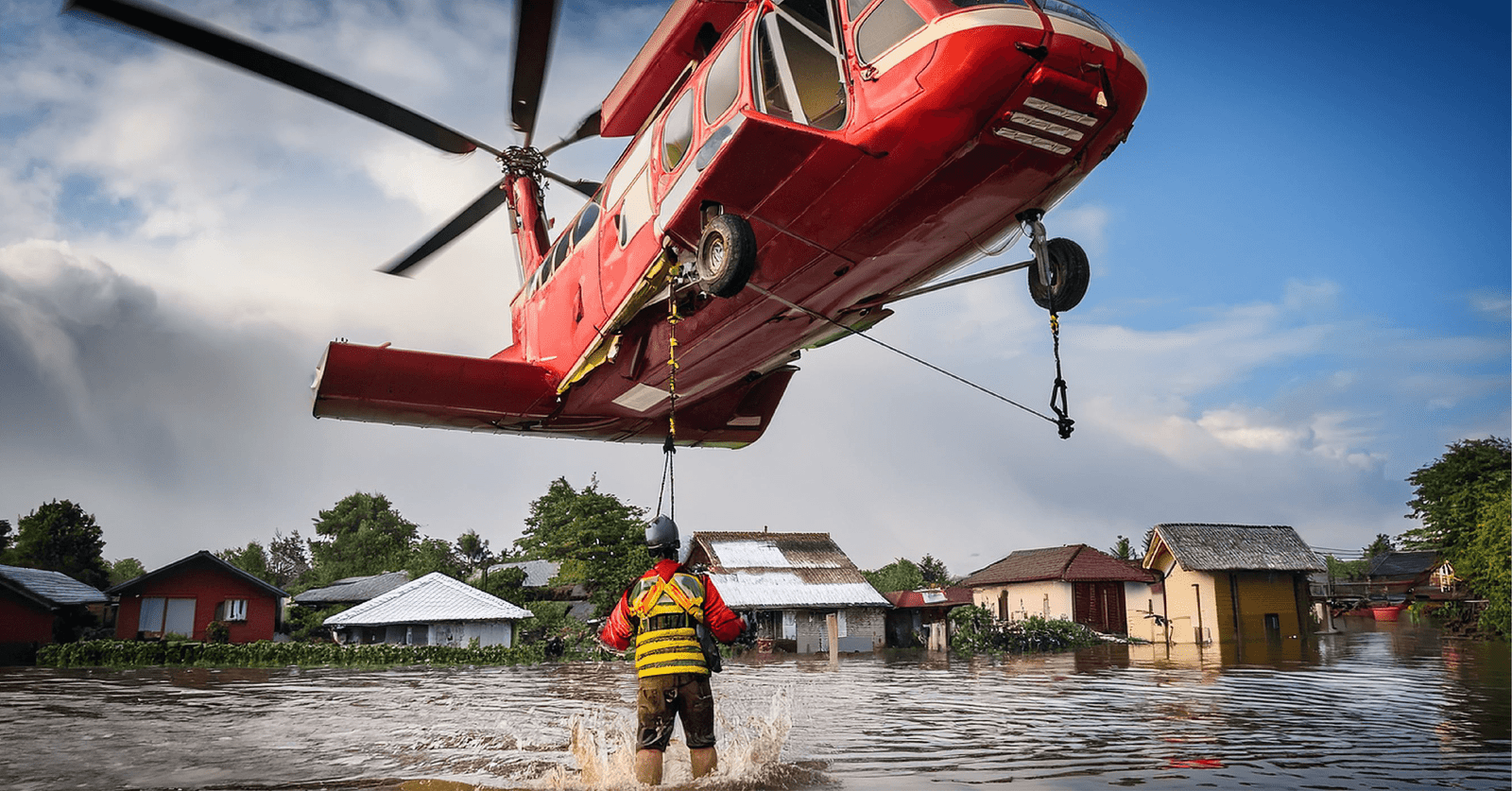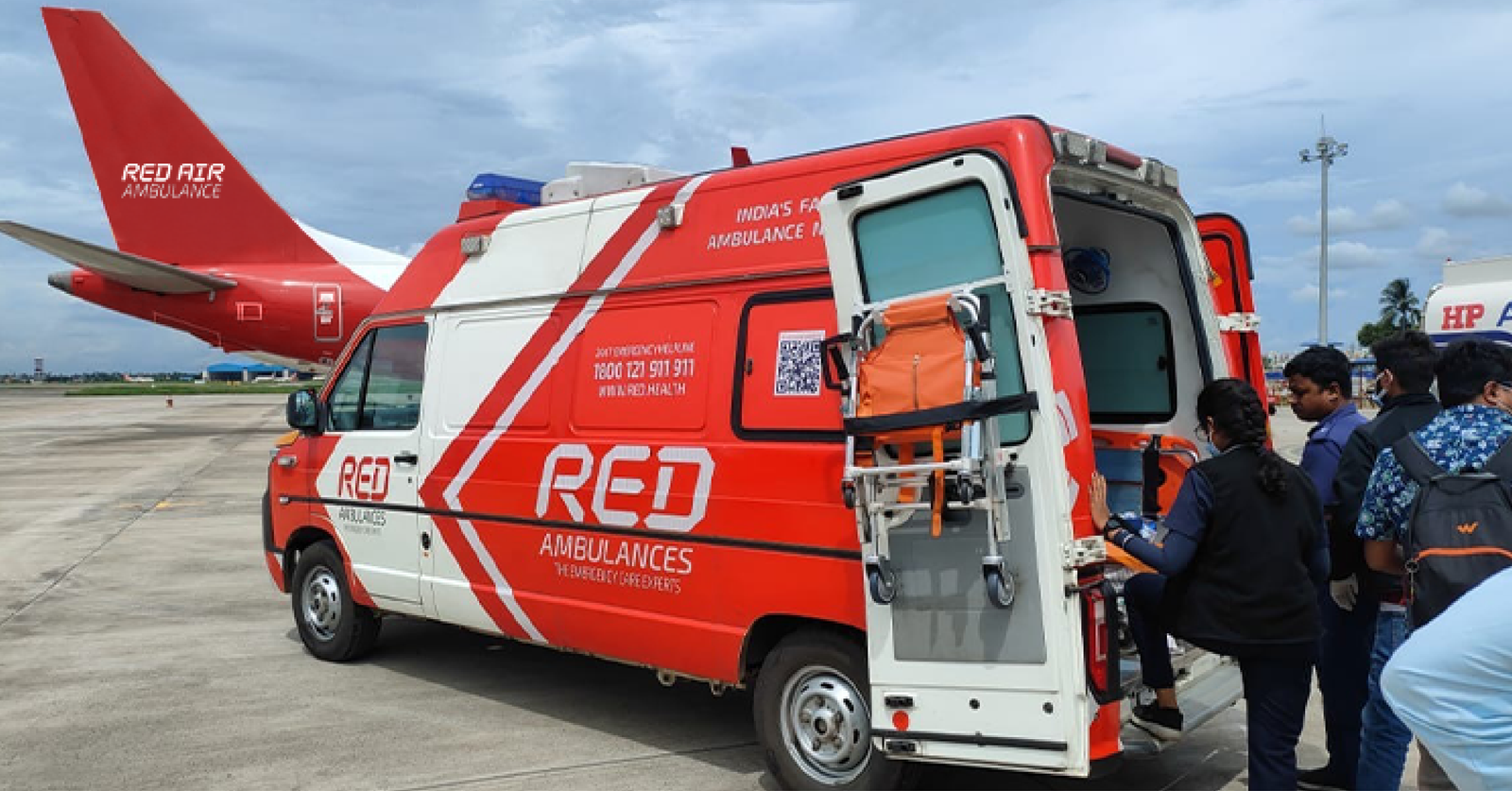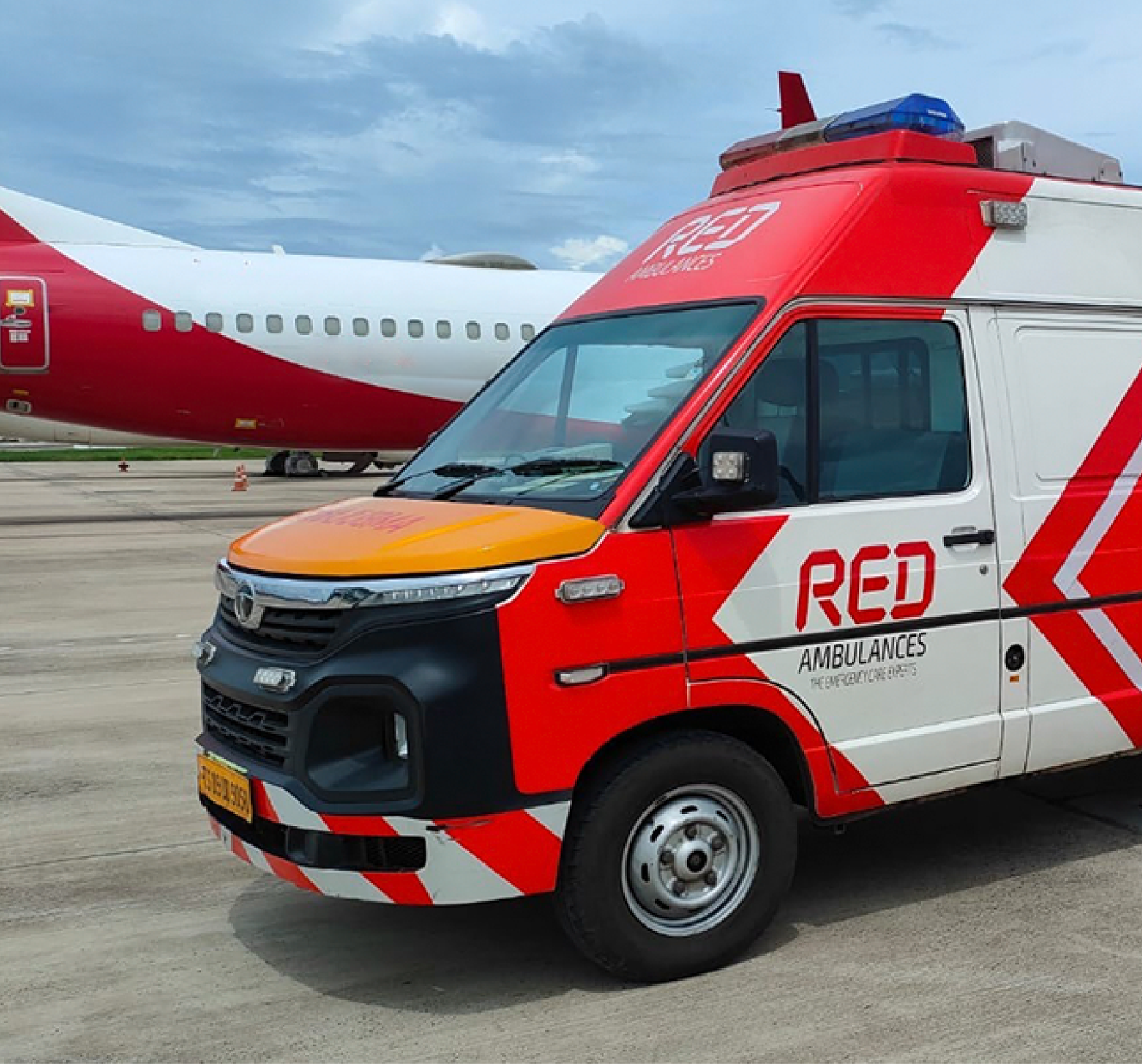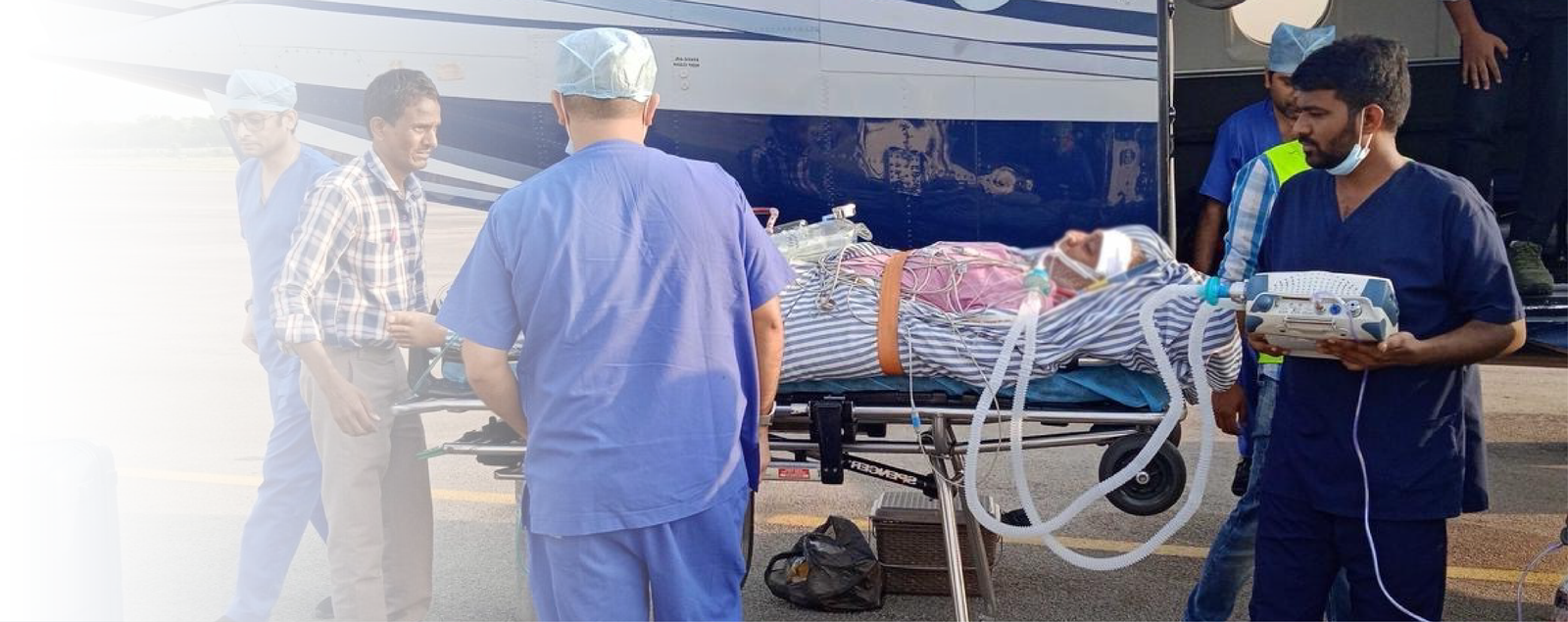Natural disasters, accidents, and humanitarian crises require quick and efficient responses to save lives and provide relief. During such challenging times, air ambulances play a crucial role in disaster management planning, offering fast, reliable, and specialized medical transportation. These aircraft are equipped to handle long-distance transfers, providing life-saving support in the aftermath of catastrophic events.
At RED Air Ambulance, we are committed to supporting disaster relief efforts by delivering high-quality, reliable air ambulance services. By focusing on speed, safety, and precision, we ensure that those affected by disasters receive timely medical attention and resources.
Air Ambulances in Disaster Management Planning
In disaster situations, time is of the essence. Access to immediate medical assistance and evacuation can significantly improve survival rates. Air ambulances are a critical component of disaster management planning, offering a solution to the logistical challenges posed by large-scale emergencies.
While ground ambulances are efficient for local operations, air ambulances excel in scenarios where long distances must be covered quickly. These aircraft are particularly beneficial in transporting injured individuals, delivering medical supplies, and evacuating patients from remote or disaster-stricken areas to advanced medical facilities.
Key Roles of Air Ambulances in Disaster Relief
Air ambulances serve a variety of roles in disaster response, making them indispensable in managing large-scale emergencies. Here are some of the ways they contribute to disaster relief efforts:
1. Rapid Evacuation of Injured Individuals
One of the primary roles of air ambulances is to evacuate critically injured individuals from disaster zones. Whether it’s a remote location affected by a natural disaster or an area with damaged infrastructure, air ambulances can bridge the gap, providing life-saving transportation to medical facilities.
2. Delivery of Medical Supplies
During disasters, local medical facilities often face shortages of essential supplies. Air ambulances deliver medications, blood products, surgical tools, and other critical resources to areas in need, ensuring uninterrupted medical care for victims.
3. Transport of Medical Personnel
In many cases, disaster-stricken areas require additional medical personnel to manage the influx of patients. Air ambulances can transport doctors, nurses, and specialists to these regions quickly, bolstering the local medical response.
4. Long-Distance Transfers for Specialized Care
Air ambulances transport patients requiring advanced medical treatments that may not be available locally to specialized hospitals or trauma centers. The onboard medical teams ensure that the patient remains stable throughout the journey.
Factors Influencing the Use of Air Ambulances in Disaster Relief
1. Distance and Accessibility
Disasters often strike in remote or hard-to-reach areas where ground transportation may not be feasible. Air ambulances can cover long distances and reach locations that would otherwise remain inaccessible.
2. Medical Needs of the Patients
Patients in disaster zones often require urgent medical attention. Air ambulances are equipped with advanced life-support systems and staffed by medical professionals, making them ideal for handling critical cases during long-distance transfers.
3. Planning and Logistics
Air ambulance operations in disaster relief require meticulous planning. From arranging two ground ambulances for transfers to preparing the aircraft with necessary equipment and personnel, every detail must be managed efficiently. Typically, this process requires several hours of preparation to ensure a seamless operation.
4. Coordination with Disaster Management Teams
Successful air ambulance missions rely on coordination with local disaster management teams, hospitals, and government agencies. This collaborative approach ensures that resources are utilized effectively and that patients receive timely care.
Advantages of Air Ambulances in Disaster Management
Air ambulances offer several unique advantages that make them invaluable in disaster relief efforts.
1. Speed and Efficiency
Time is a critical factor in disaster scenarios. Air ambulances drastically reduce transportation times, ensuring that patients and medical supplies reach their destinations quickly.
2. Specialized Medical Support
Air ambulances are staffed with skilled medical teams and equipped with advanced technology, providing a controlled environment for patients. This ensures that even those in critical condition receive appropriate care during transit.
3. Seamless Ground-Air Coordination
At RED Air Ambulance, we ensure a seamless transfer process by coordinating two ground ambulances: one to transport patients or supplies to the aircraft and another to deliver them to the final destination. This comprehensive approach minimizes delays and enhances efficiency.
4. Capability to Handle Long-Distance Transfers
Unlike ground ambulances, air ambulances are designed for long-distance travel. This makes them an ideal choice for disaster management scenarios where victims or resources need to be transported across states or even countries.
Challenges in Using Air Ambulances for Disaster Relief
While air ambulances provide significant benefits, their use in disaster relief comes with its own set of challenges:
1. Limited Availability
Air ambulances are specialized resources, and their availability can be limited during large-scale disasters. Effective disaster management planning must account for this constraint and prioritize its use for the most critical cases.
2. Dependence on Weather Conditions
Adverse weather conditions, such as storms or heavy rains, can impact the ability of air ambulances to operate safely. This requires careful planning and alternative arrangements to ensure uninterrupted disaster relief efforts.
3. Cost and Resources
The cost of operating air ambulances is significant due to factors such as fuel, maintenance, medical equipment, and skilled personnel. While the expense is justified by the life-saving services provided, efficient resource allocation is required to maximize impact.
Why Choose RED Air Ambulance for Disaster Relief?
Experience and reliability are key to disaster management. At RED Air Ambulance, we offer a comprehensive disaster management service, ensuring that patients, supplies, and medical teams reach their destinations safely and efficiently.
Here’s why we stand out:
- Experienced Professionals: Our team includes highly trained pilots, medical staff, and logistics experts, ensuring smooth operations in even the most challenging scenarios.
- State-of-the-Art Equipment: Our air ambulances are equipped with advanced life-support systems, ensuring optimal care for patients during transit.
- Seamless Coordination: From ground-to-air transitions to in-flight care, we manage every detail to provide a hassle-free experience.
- Commitment to Excellence: We focus on safety and efficiency and deliver dependable services that align with disaster management goals.
Conclusion
n disaster situations, the need for quick and reliable medical transportation is paramount. Air ambulances play a vital role in disaster management planning, providing long-distance transport for patients, medical personnel, and supplies. Their speed, efficiency, and ability to operate in challenging conditions make them an invaluable asset in disaster relief efforts.
At RED Air Ambulance, we are proud to contribute to disaster management and prevention through our specialized air ambulance services. Contact us today to learn how we can support your disaster relief efforts with reliable and professional medical transportation solutions. Together, we can make a difference in saving lives and providing timely care during times of crisis.
Frequently Asked Questions (FAQs)
1. What role do air ambulances play in disaster relief?
Air ambulances provide rapid medical evacuation, deliver critical supplies, and transport doctors to disaster zones, ensuring fast, life-saving support when ground access is limited.
2. How do air ambulances assist in remote or inaccessible areas?
Air ambulances can reach disaster-stricken or remote regions where ground vehicles can’t, offering vital medical care and evacuation services across long distances.
3. What types of patients are transported during disaster relief?
Patients with critical injuries, trauma, or those needing urgent care are prioritized. Air ambulances provide ICU-level support to stabilize and safely transport them to hospitals.
4. How does RED Air Ambulance coordinate during emergencies?
We manage everything—from planning flight logistics and prepping two ground ambulances to working with local agencies—ensuring smooth, safe, and timely transfers.
5. What challenges affect air ambulance operations during disasters?
Key challenges include limited aircraft availability, weather disruptions, high costs, and the need for rapid coordination—all of which RED handles with expert planning and care.


 18001207004
18001207004
 February 3, 2025
February 3, 2025 Red Health
Red Health

